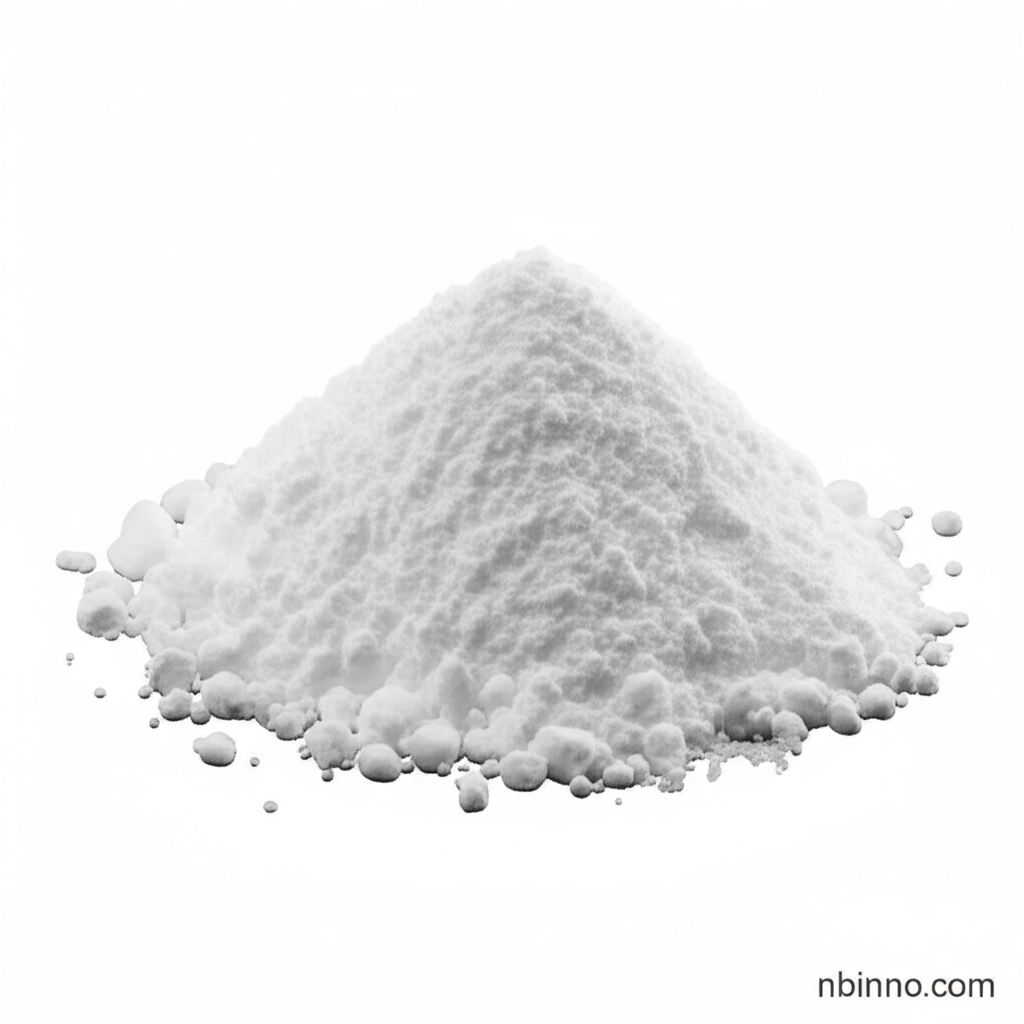Understanding DTPA: Properties, Applications, and Safety of Diethylenetriaminepentaacetic Acid
Discover the comprehensive capabilities of Diethylenetriaminepentaacetic Acid (DTPA), a key chelating agent vital for numerous industrial processes and scientific advancements. Explore its chemical prowess and diverse utility.
Get a Quote & SampleProduct Core Value

Diethylenetriaminepentaacetic Acid
As a leading supplier in China, we offer Diethylenetriaminepentaacetic Acid (DTPA), a highly effective chelating agent renowned for its exceptional ability to bind metal ions. This property makes it indispensable across a wide spectrum of industries, from ensuring water purity in treatment processes to enhancing nutrient delivery in agriculture. DTPA's complex formation capabilities are crucial for maintaining product stability and efficiency in various chemical formulations.
- Explore the diverse DTPA chelating agent applications and understand its role in modern industrial chemistry.
- Learn about DTPA metal ion binding and its significance in applications like environmental remediation and preventing scale buildup.
- Investigate the DTPA uses in industry, highlighting its contribution to sectors such as papermaking and food processing.
- Understand the critical DTPA safety and handling guidelines to ensure responsible and effective utilization of this potent compound.
Benefits and Advantages
Superior Metal Ion Sequestration
DTPA's primary advantage lies in its powerful ability to sequester metal ions, effectively preventing unwanted reactions and maintaining product integrity. This is vital for achieving optimal performance in water treatment and industrial processes.
Enhanced Chemical Stability
As a key organic intermediate, DTPA contributes to the stability of formulations, particularly in applications like color photography and as a component in specialized industrial products. Its robust complexation prevents degradation.
Environmental Remediation Capabilities
The efficacy of DTPA in environmental remediation is a significant advantage, allowing for the detoxification of contaminated sites by binding and removing harmful heavy metals from soil and water.
Key Applications
Industrial Water Treatment
DTPA is extensively used in water treatment to prevent scale formation and remove metal ions, ensuring the efficiency and longevity of industrial water systems.
Papermaking Industry
In papermaking, DTPA acts as a stabilizer for hydrogen peroxide during bleaching processes, preventing the catalytic decomposition of H2O2 by metal ions.
Agricultural Enhancements
DTPA is formulated into fertilizers to improve the availability and uptake of essential micronutrients for plants, boosting crop yields and health.
Medical and Diagnostic Uses
Utilized in medical imaging as MRI contrast agents and in the treatment of radioactive contamination, showcasing its vital role in healthcare and research.
